Part of a series of articles titled Observing Change in Alaska's National Parks.
Next: Weather
Article

FEMA / Jeremy Edwards
Melting glaciers, more wildfires, fiercer storms, thinning sea ice! Most of us have heard about these headline-grabbing scenarios attributed to climate change, but did you know that these environmental changes are happening faster in the high latitudes of the Arctic than anywhere else on the planet? Few people know what changes regular Alaskans see every day in their local environment and how these changes affect their lifestyles.
Many of these signs of change can be seen in Alaska’s national parks and nearby communities. The National Park Service, Alaska Region, teamed up with the Oral History Program at the University of Alaska Fairbanks to record perspectives of people living in two distinct coastal areas of Alaska with vastly different environmental conditions and human histories. We invite you to explore their stories here.
People who have deep connections to the land and sea around them are key witnesses to environmental change. Their observations are essential for building a broader understanding of the past, of how things are changing, of the effects this change is having on people, and for planning for future adaptation. Documenting traditional local knowledge is also critical to interpreting previously collected scientific data. Find the complete oral history interviews and more information about the project at: Observing Change in Alaska’s National Parks Project Jukebox.

Conversations held in 2018 and 2019 with long-term residents and National Park Service employees in Skagway and Nome, Alaska show similarities and differences between how two far-flung locations are experiencing climate change. Skagway, located at the end of a long fjord in southeast Alaska, is the main community associated with Klondike Gold Rush National Historical Park. Nome, located on the Seward Peninsula at the edge of the Bering Sea in northwest Alaska, is home to the headquarters of the 2.7 million-acre Bering Land Bridge National Preserve.
People’s stories and observations about climate change’s impact on their lives vary depending on their experiences. The different geography, landscape, and lifestyles in Nome and Skagway influence how people talk about their surroundings. For example, in Nome, thinning sea ice has significantly affected their hunting way of life and travel, while in Skagway, melting glaciers are clearly visible from town so are on everyone’s mind.
Despite these differences, there were some common themes discussed in both communities. For example, shorter and warmer winters, warmer temperatures bringing new animal species, the spread of different types of vegetation, and how humans are adapting. Finding connections between people in different places builds understanding between us as human beings.
This series is designed to promote appreciation for what’s happening in these two Alaska parks and the world around us and to encourage continued good stewardship of these special places. We encourage you to think about how this applies to your own life.
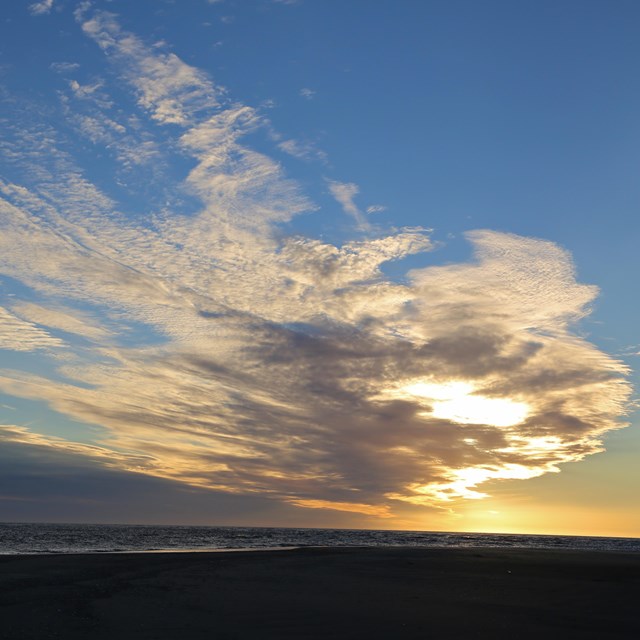
Alaskans are keenly aware of the weather. Many activities, including working, hunting, fishing and recreating take place outdoors.
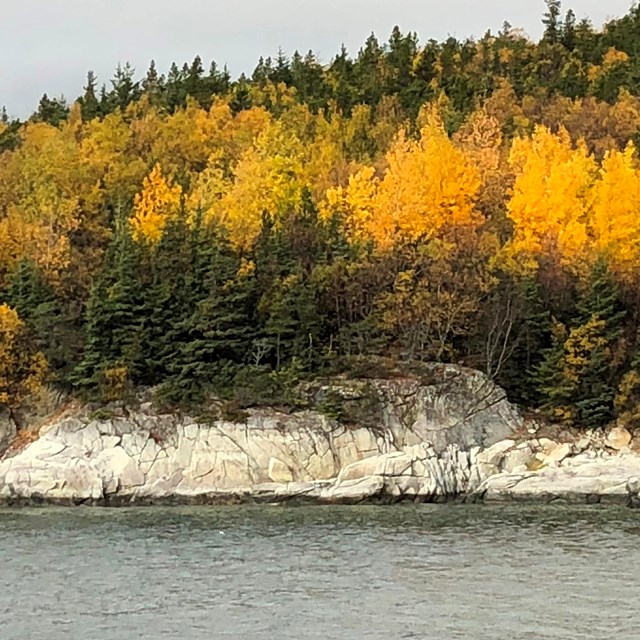
The signs and timing of the seasons is a finely tuned natural process.
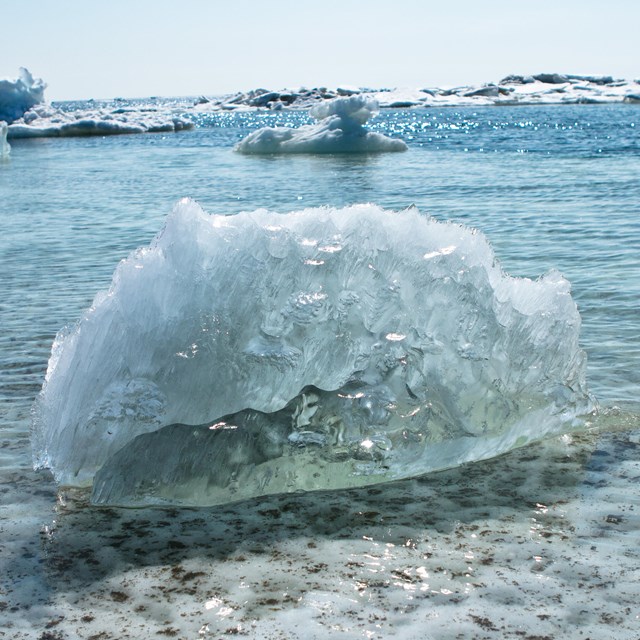
Ice is a vital component in ecosystems throughout Alaska.
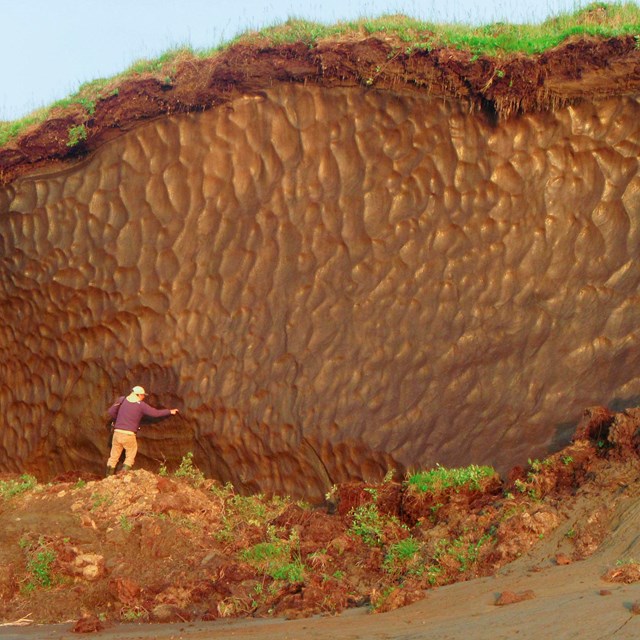
Many parts of Alaska have a hidden underground world of ice and frozen ground.

Plants are highly specialized to respond to their environment. Tracking changes can tell a lot about changes in the environment.
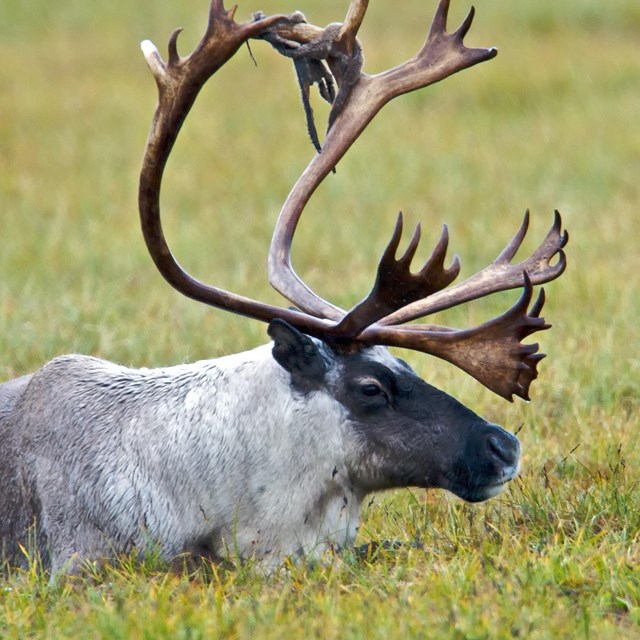
Changes to plants and vegetation do not just effect humans. Vegetation is the basic building-block for what creates habitat for wildlife.

What do these changes mean for life in coastal Alaska?

What do these changes mean to national parks?
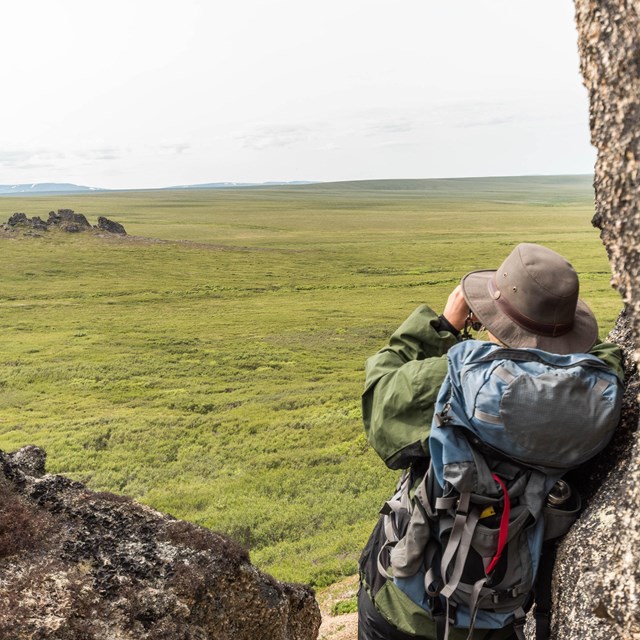
What do these changes mean to you?
This publication is a joint effort of Klondike Gold Rush National Historical Park, Bering Land Bridge National Preserve, and the Oral History Program and Project Jukebox at the University of Alaska Fairbanks. The project was designed to document and compare how people are experiencing environmental change in these two areas. Funding was provided by a grant from the National Park Service’s Ocean Alaska Science and Learning Center (OASLC) focused on addressing baseline data gaps in Alaska coastal parks.
Part of a series of articles titled Observing Change in Alaska's National Parks.
Next: Weather
Last updated: December 21, 2023